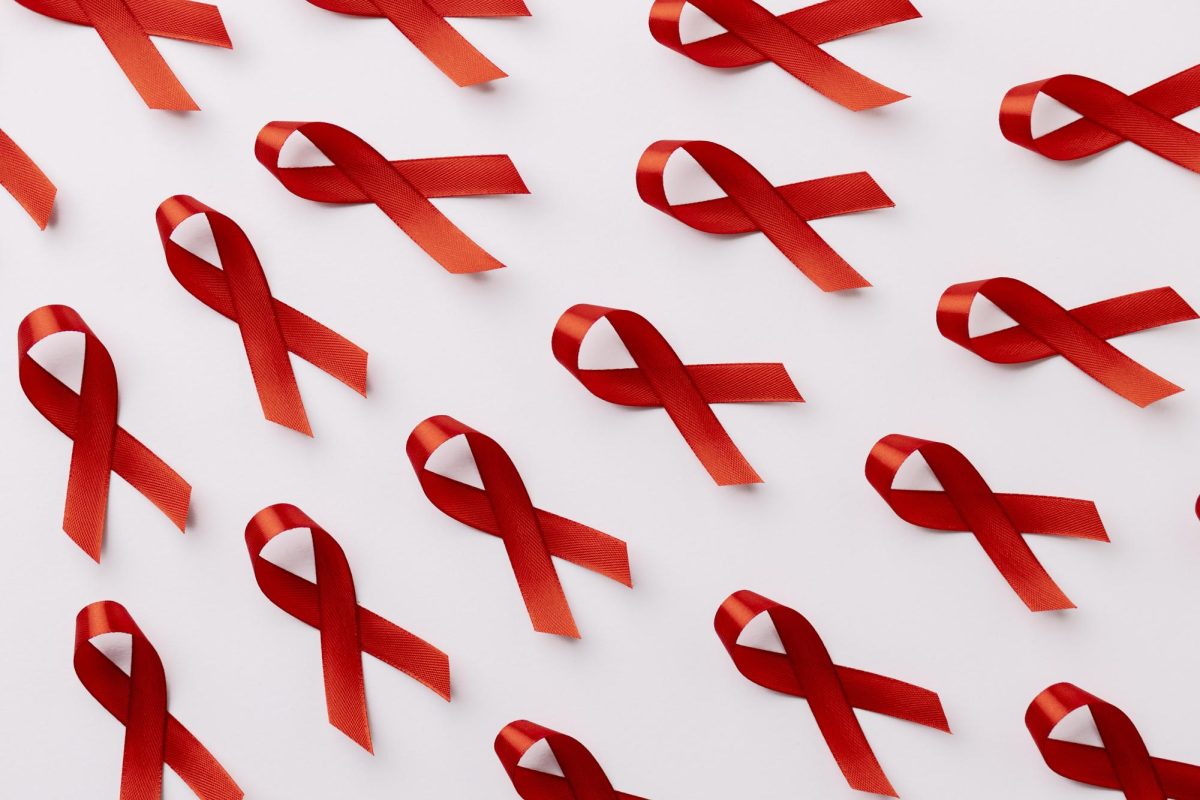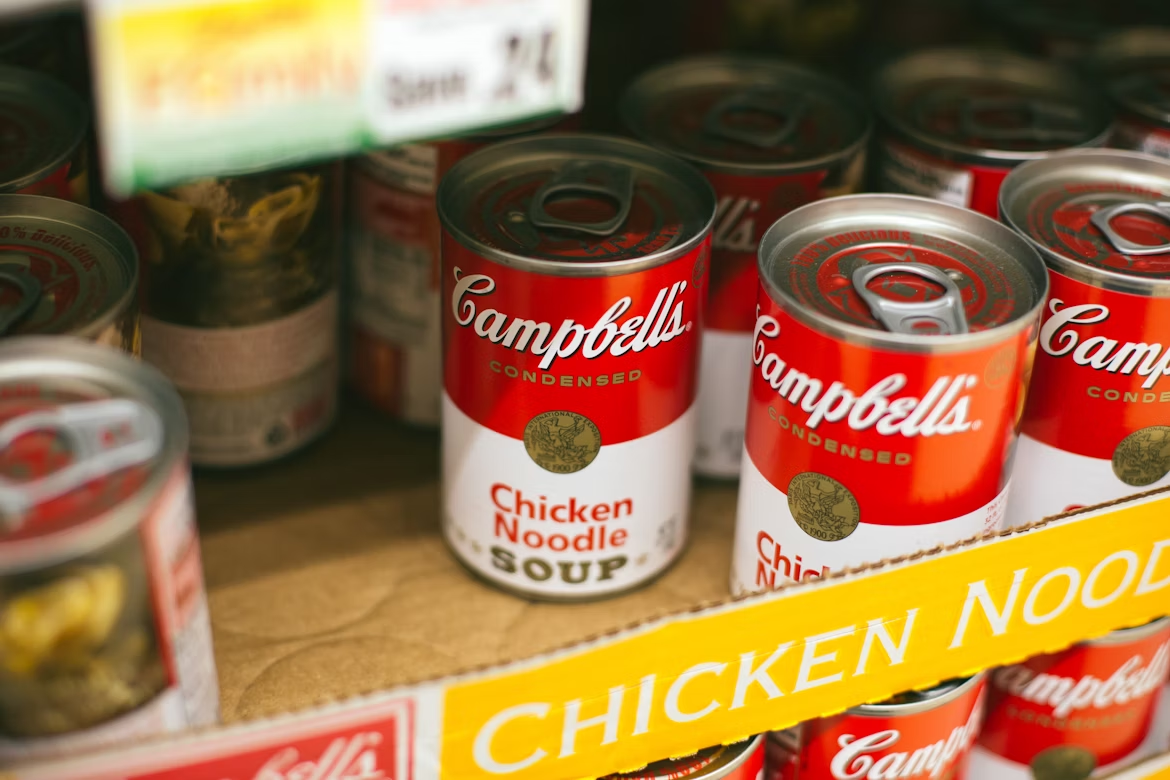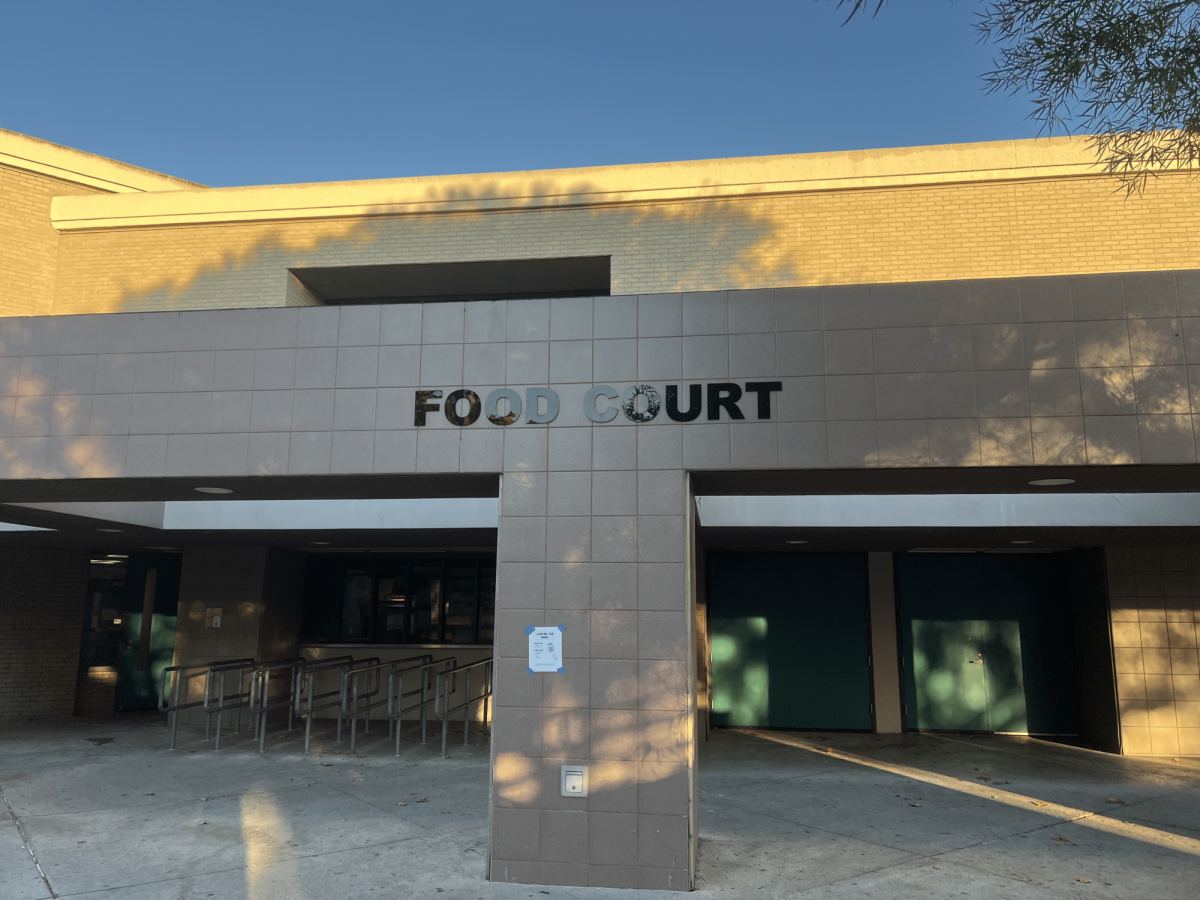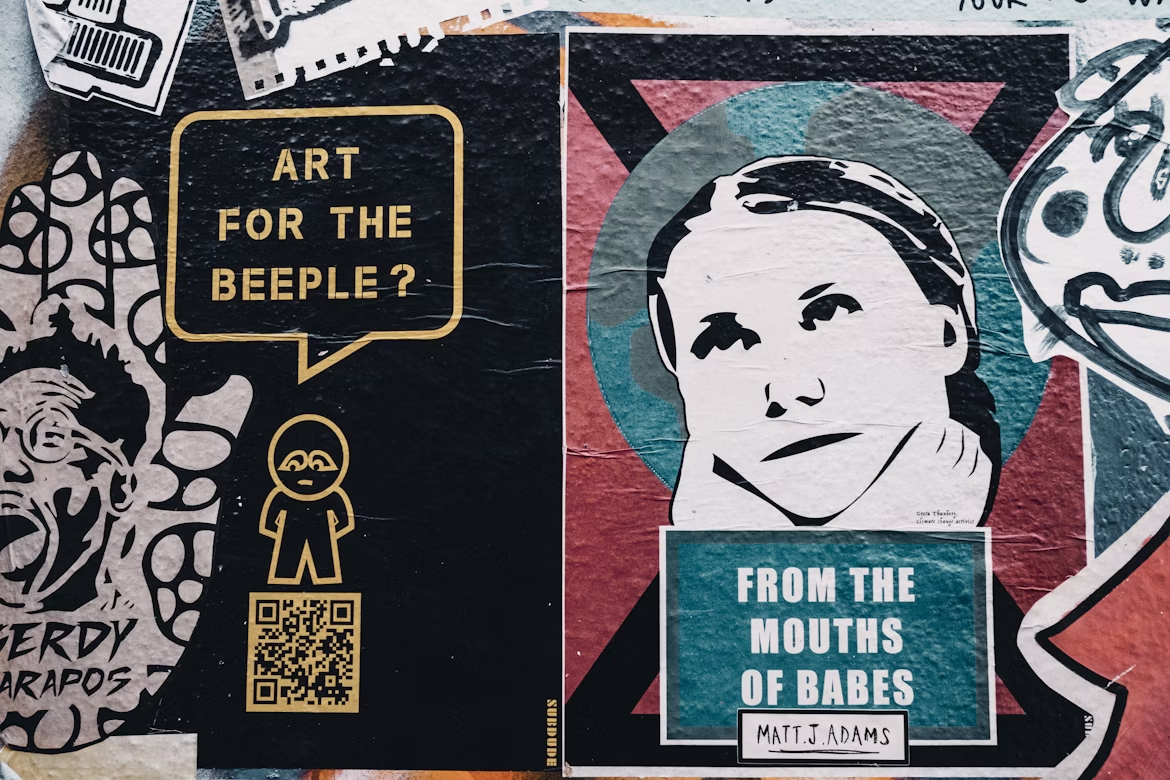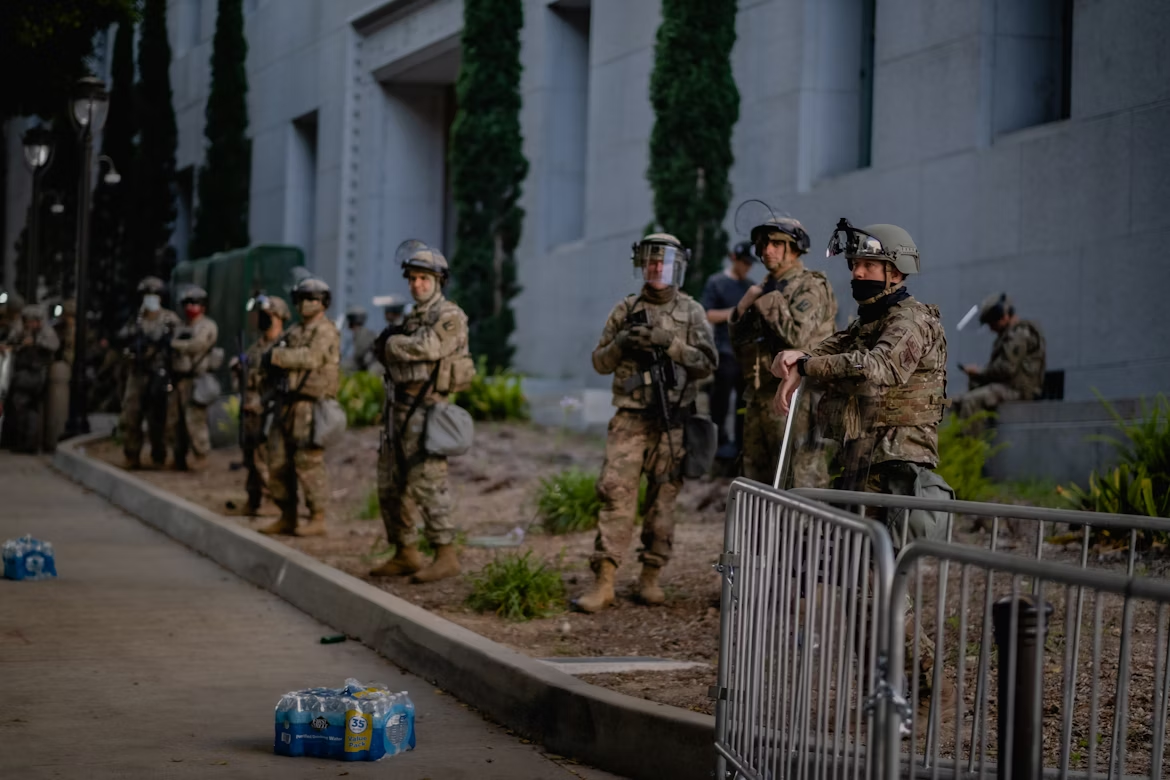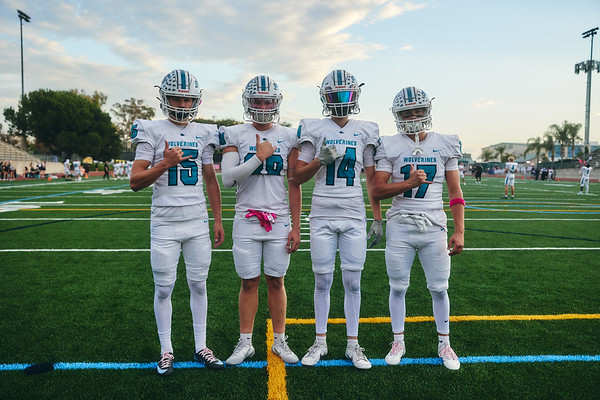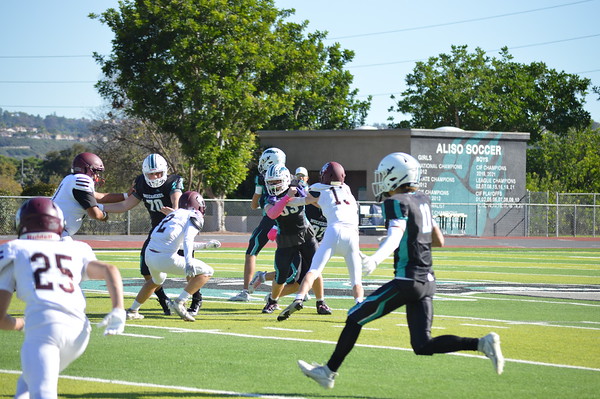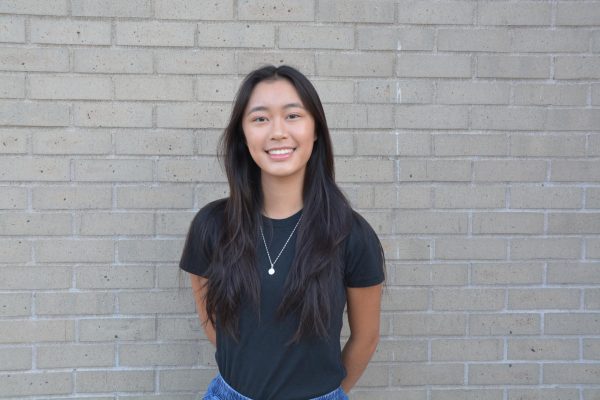Red Ribbon Week is an annual campaign against drug abuse usually held in schools from Oct. 23 to Oct. 31. It began in 1985, and over time, this campaign has gained significant and impactful attention and serves as a reminder to stay away from drugs and make informed, healthy choices.
The campaign was established to honor the death of Drug Enforcement Administration agent Enrique Camerena, who was killed by drug traffickers in Mexico. His death embodied the risks that law enforcement has to take when it comes to fighting drug-related crimes.
After this, people from Camerena’s hometown in Calexico, California began wearing red ribbons, which represented support against drug abuse. Other people started to copy them, and the red ribbon quickly became the campaign’s symbol.
Now, Red Ribbon Week is more important than ever. According to the Center for Disease Control and Prevention, “15% of high school students reported having ever used select illicit or injection drugs, such as cocaine, inhalants, heroin, methamphetamines, hallucinogens or ecstasy.”
Although the validity of the data is up for debate since it was concluded through a survey, any high school student using drugs is concerning. The CDC points out that the risk factors for high-risk substance abuse can be caused by poor parental monitoring, family history of substance abuse, being friends with those who use drugs and even lack of school connectedness.
It is difficult to prevent every single student from taking drugs, but schools such as Aliso Niguel are trying to campaign and advise their students against it. For example, throughout Red Ribbon Week, Aliso’s campus was covered in posters with positive affirmations against drug use. Teachers also handed out red bracelets during class, and some restaurants even partnered up and offered discounts to those wearing red bracelets during the week. Lastly, there are dress up theme days to encourage students to be more involved in school activities.
Because one of the potential causes of drug use is from lack of school connectedness, Aliso works tirelessly to make sure that there is a sense of community and support for students who are either struggling with addiction or at risk of taking drugs. Advocacy is a vital part of the campaign too, where on a bigger scale, organizations can push for stronger drug laws and better addiction treatment options.
According to the Red Ribbon website, there are many activities that students can participate in to show support. For example, they can enter a Red Ribbon Photo Contest for a chance to win an iPad and $1,000 for their school. On a smaller scale, students can form a drug-free pact with their friends to hold each other accountable for any strange activity.
Even though Red Ribbon Week is officially only a week, people should follow a drug-free lifestyle all throughout the year. The week is meant to serve as a reminder, but the lessons learned should last for the rest of their lives.
Sreeja Kamma (12), one of Aliso’s students, says, “Don’t use drugs. You’ve worked so hard to get to where you are, so don’t throw everything away for something like that.”
